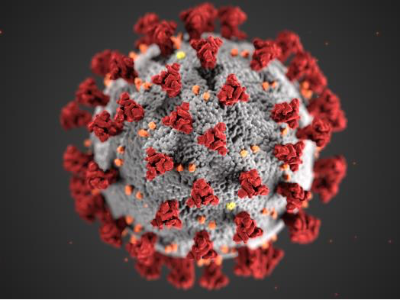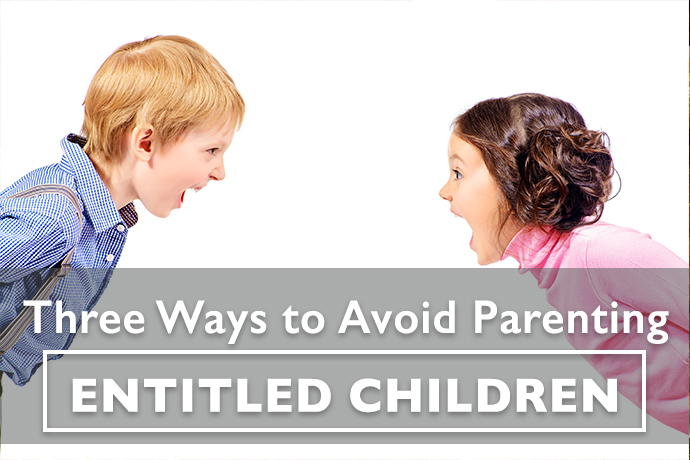Cleaning with the Coronavirus in Mind

Practicing good hygiene, washing hands for at least 20 seconds, covering a cough or sneeze and avoiding contact with others are all important steps to help thwart the spread of coronavirus. In addition is the practice of cleaning surfaces and locations where others who carry the virus may have spread their germs.
According to The World Health Organization and an immunologist who has studied coronaviruses at the University of Tennessee Health Science Center, the virus droplets can live on surfaces like glass and hard plastics for up to 96 hours. While the estimates are based on data from the 2003 SARS outbreak, the COVID-19 is a “genetic cousin” to SARS and has the same genetic makeup, so the lifespan is very similar.
A more recent study found that the COVID-19 coronavirus can survive up to 4 hours on copper, up to 24 hours on cardboard, and up to 2 to 3 days on plastic and stainless steel. The researchers also found that this virus can hang out as droplets in the air for up to 3 hours before they fall, but most often they will fall more quickly.
Cleaning Surfaces (Non-food)
We are constantly exposed to “dirty” surfaces, which is nothing new, and for the most part, they don’t make us sick. But the highly infectious COVID-19 can easily spread without any known personal exposure to the virus, which most likely means it came from surface contact.
The easy solution is to consciously clean the surfaces around you. Even if the stores are out of sanitizing products, don’t forget that soap and water work great, so start there to clean hands, sinks, countertops, door knobs, etc.
Another option for sanitizing is a solution of half water and half rubbing (isopropyl) alcohol (70% or higher). Straight 70% alcohol can even be poured over a stack of paper towels that has been cut in half, face wipes (but not used on the face) or directly on a cleaning rag to clean remotes, knobs/handles and many other surfaces.
Prepare a bleach solution by mixing 5 tablespoons (1/3 cup) bleach per gallon of water or 4 teaspoons bleach per quart of water. This can be used on countertops and door handles/knobs, but should not be used on electronics.
For tablets, cell phones, keyboards and screens, a microfiber cloth with a 50/50 water and rubbing alcohol (70%+) solution is safe. The cloth should be rung out well and followed with a clean, dry cloth. Do not use paper towels on screens, tablets or cell phones. Most commercial sanitizing wipes are also effective—if you can find them in the store.
To be the most effective, disinfecting solutions of any kind should be used according to the manufacturer recommendations in the amount and contact time suggested for it.
Cleaning Fruits and Veggies
The recommendation for washing fruits and vegetables has not changed because of the coronavirus. Wash produce well with cool water, and use a scrubbing brush on rough-textured produce such as potatoes, cantaloupe, carrots, etc.
The FDA has reported that no COVID-19 virus has been transmitted by food or food packaging. The virus needs a human host, and it cannot grow in food. However, it can remain viable on surfaces, and if a person infected with the virus was shopping and coughed or sneezed on the produce, the virus could potentially be spread.
When it comes to best practices for food handling at home, keep counters and work surfaces washed and sanitized frequently, wash your hands well, and wash your produce well before cutting and preparing it. Here are tips for cleaning produce.
Lettuce and other leafy greens: Fill a large bowl with water and immerse the greens in it. Swish them around to loosen any grit, and let stand for a minute so the grit can drop to the bottom. Place the greens in a colander and run them under cold water very thoroughly, using a sprayer if you have one.
Root vegetables: Scrub under cool running water with a vegetable brush.
Sturdy vegetables and fruits: For items such as green beans, asparagus, cucumbers and grapes, rinse well under a high-pressure stream of water while rubbing with your hands. Let dry in a clean colander if needed.
Tender vegetables and fruits: For softer/tender produce like tomatoes, ripe stone fruit, mushrooms and berries, rinse under a steady but low-pressure stream of cool water, turning the items gently with your hands to ensure all sides are rinsed but not bruised. Spread on a clean kitchen towel or paper towels to dry so they don’t get crushed. Because bananas are peeled, just remember to wash your hands after peeling and before touching or consuming the interior fruit.
Consumers who are immunocompromised may want to purchase pre-packaged fruits and vegetables as an added measure of caution or choose to eat cooked fruits and vegetables.
We still don’t know how conditions such as exposure to sunlight, heat or cold can affect COVID -19 survival times. For now, data suggests water will do the best job of eliminating it on produce, and it’s not necessary to use special rinse solutions for fruits and vegetables. Adding vinegar or lemon juice to water, or commercial products for produce, if desired, is still an acceptable practice. These additives mainly improve the surface tension of the water to help it rinse more effectively, rather than serve as a microbial kill additive.
As we learn more, it will be posted on the CDC’s website of recommendations as well as the USU Extension website for COVID-19 resources at https://extension.usu.edu/covid-19/. The Center for Biocide Chemistries https://www.americanchemistry.com/Novel-Coronavirus-Fighting-Products-List.pdf includes a list of products that help fight COVID-19.
Sources:
Centers for Disease Control
Harvard Health. https://www.health.harvard.edu/diseases-and-conditions/coronavirus-resource-center
US Department of Agriculture
Deering, Amanda. Purdue University Extension.
By: Teresa Hunsaker, Utah State University Extension family life educator, Teresa.hunsaker@usu.edu, 801-399-8200








